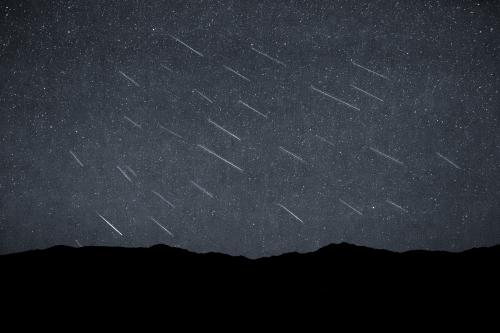There’s always something happening in the night sky.
Whether it’s constellations, meteor showers, or the phases of the Moon.
Learning what to watch for makes stargazing more exciting, and astronomy even more fascinating!
Image

Credit
This work
by Trevor Bexon
is licensed under Creative Commons Attribution Non Commercial 4.0 International
Here are some key things to look for:
- Light Pollution and Seeing Conditions: The atmosphere and light pollution can affect what we see in the night sky. Discover how these factors impact our view of stars and planets, and how astronomers work around them.
- Constellations: Constellations are groups of stars that form patterns in the sky. Explore how different cultures have named and used these star patterns, and learn about asterisms like the Big Dipper.
- Eclipses: Eclipses occur when objects in space line up, creating fascinating shadow effects. Learn more about solar and lunar eclipses, and how to safely observe them.
- Meteors: Meteors, often called shooting stars, are small rocks burning up in Earth's atmosphere. Find out the best times to see meteor showers and how to plan your stargazing.
- The Moon This Month: The Moon changes appearance throughout the month. Check here to see how the Moon will look, from new moon to full moon, and plan your lunar observations.
Explore each topic to discover more about the wonders of the night sky, and how you can observe them from your own backyard!
